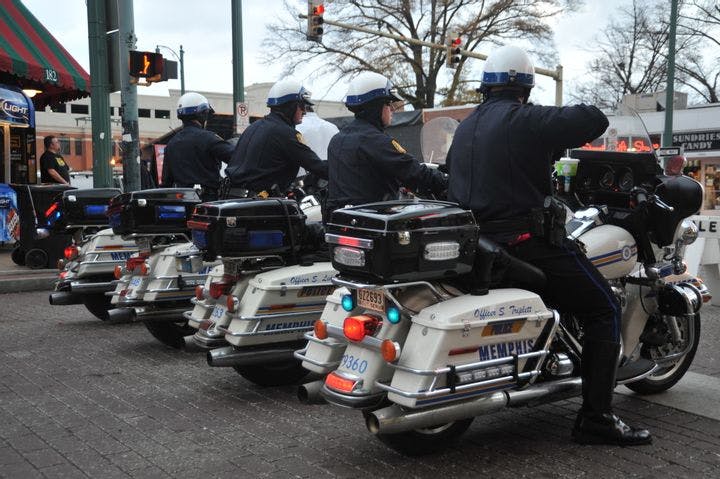Fall 2008
Crime's New Address
– The Wilson Quarterly
Memphis demolished inner-city projects and transferred residents into better neighborhoods, but only succeeded in spreading crime to the new areas.
Eight shots exploded outside a police station at the end of a suburban road recently, routine for a Tuesday night in what is now one of Memphis’s crime hotspots. A little more than a decade ago the area was quiet, but that was before Memphis launched a noble social experiment, the demolition of inner-city housing projects and dispersal of residents into peaceful neighborhoods where they would be free from the debilitating effects of concentrated poverty. What happened instead, writes Hanna Rosin, an Atlantic contributing editor, was that crime followed their path, devastating new neighborhoods, spreading robberies and murders across a wider city swath and, in 2007, turning Elvis’s hometown into the nation’s most violent city.
How could such good intentions have gone so wrong? Surely the old barricaded and claustrophobic public-housing complexes deserved the wrecking ball. But cities fell in love with federal programs that seemed to promise a better life for folks living in ghettos while freeing downtown land for spiffy redevelopment. And instead of counseling the departing residents and carefully helping them get established in affluent neighborhoods, most cities handed out vouchers and told them to move in a rush, without support.
Crime increased, Rosin writes, because the former residents of public housing chose moderately poor neighborhoods that were already on the decline, and the addition of thousands of poor newcomers pushed these areas beyond the limit of what a community can tolerate before crime and other social problems take off. While the spread of crime has a host of causes—unemployment, gangs, and rapid gentrification are also important—researchers are seeing a national pattern of crime pushing outward after projects come down. The phenomenon is not confined to Memphis; it has also been reported in Louisville, Ky., Florence, S.C., and Chicago suburbs such as Maywood.
Why haven’t the new neighborhoods influenced the inner-city transplants rather than the other way around? “Demonizing the high rises has blinded some city officials to what was good and necessary about the projects, and what they ultimately have to find a way to replace: the sense of belonging, the informal economy, the easy access to social services. And for better or worse, the fact that the police had the address,” Rosin writes.
In Memphis, crusaders are pushing for better social services such as health clinics, child care, and job training in the former public-housing residents’ new neighborhoods. But the problems of the poor are deeper than anything government by itself seems able to solve. Escaping poverty, Rosin writes, requires “a will as strong as a spy’s: You have to disappear to a strange land, forget where you came from and ignore the suspicions of everyone around you.”
In the interim, city leaders must acknowledge a bitter truth: The projects are gone in name only.
* * *
THE SOURCE: “American Murder Mystery” by Hanna Rosin, in The Atlantic, July–Aug. 2008.
Photo courtesy of Flickr/Carl Wycoff
